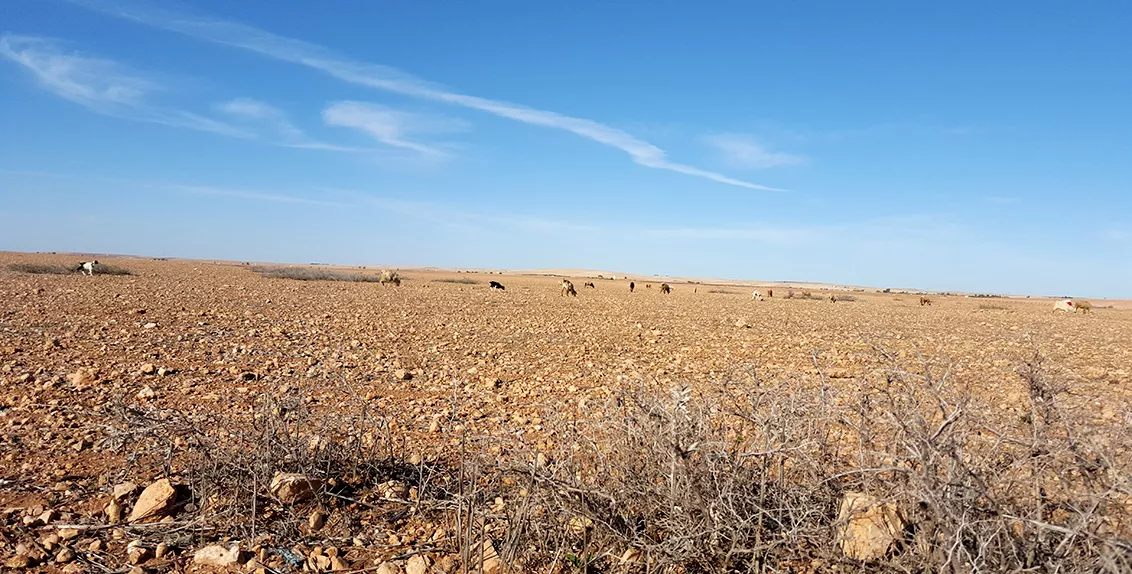Climate scientists create new framework for climate risk assessment
27 December 2022
An international team of leading climate scientists, including from the International Center for Biosaline Agriculture (ICBA), has developed a new framework for climate risk assessment in different parts of the world.
In a paper published in Earth’s Future, they provide a detailed overview of the framework and its uses. Building on initial research presented in Chapter 12 of the IPCC Sixth Assessment Report, the paper details 33 climatic impact-drivers under seven categories. The framework is designed to serve as the basis for future climate change studies and risk analyses.
The term “impact-drivers” can be used to describe numerous conditions that create an impact in our society and ecosystems (e.g., climate change, earthquakes, population growth, viral outbreaks, technological change, price spikes, natural resource extraction, and social conflict).
Mr. Rashyd Zaaboul, a climate modeling scientist at ICBA and co-author of the paper, said: “Our framework focuses on just one type of impact-driver – those that are directly related to the climate system. These climatic impact-drivers, or CIDs, are physical climate conditions that directly affect society or ecosystems.”
CIDs may represent a long-term average condition (such as the average winter temperatures that affect indoor heating requirements), a common event (such as an early frost that kills off plants), or an extreme event (such as a coastal flood that destroys homes). A CID may be detrimental for one part of society while benefiting another, or not affecting yet another at all.
CIDs capture important characteristics of the average climate and both common and extreme events that shape society and nature. For example, some CIDs focus on aspects of the average climate (such as the seasonal progression of temperature and precipitation, average winds or the chemistry of the ocean) that determine species distribution, farming systems, the location of tourist resorts, the availability of water resources and the expected heating and cooling needs for buildings in an average year.
“A climatic impact-driver is not universally hazardous or beneficial, but we refer to it as a ‘hazard’ when experts determine it is detrimental to a specific system,” said Mr. Rashyd Zaaboul.
Information about how a hazard has changed, or will change, helps stakeholders prioritize their adaptation, mitigation and risk management strategies. For example, aid agencies may allocate limited disaster relief resources if they know that tropical cyclones are projected to become more intense even as the frequency of those storms may not change. Planners may consider that even heatwaves that are not record-breaking in their intensity can still be problematic for vulnerable populations when they persist over a long period. Likewise, firefighters can recognize new logistical challenges if the fire weather season extends and creates fire conditions in parts of the world where fires have not been previously a great concern.
The framework will help to ensure that a comprehensive set of climatic conditions informs adaptation planning and risk management and may also help prioritize improvements in modeling sectoral dynamics that depend on climatic conditions.











